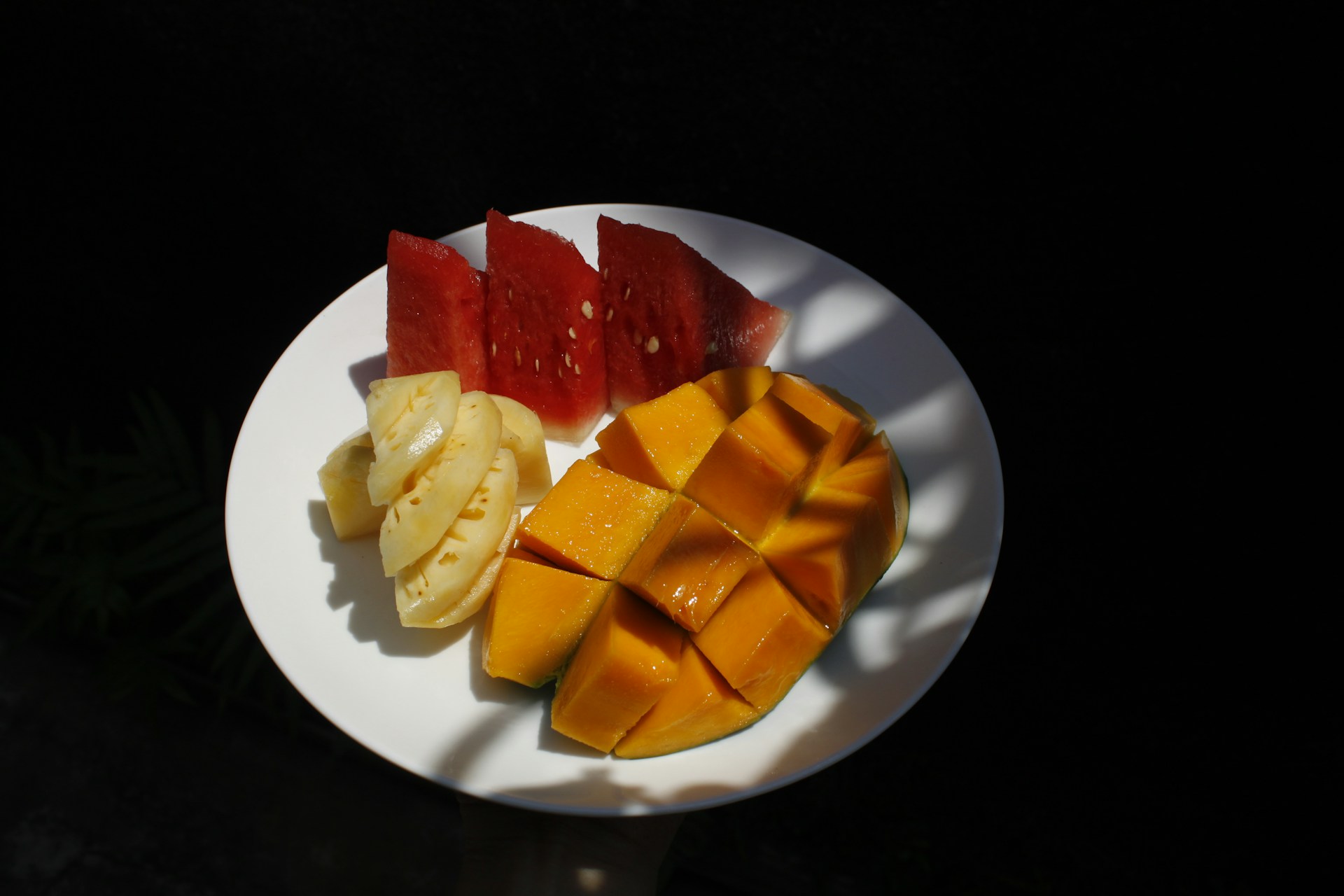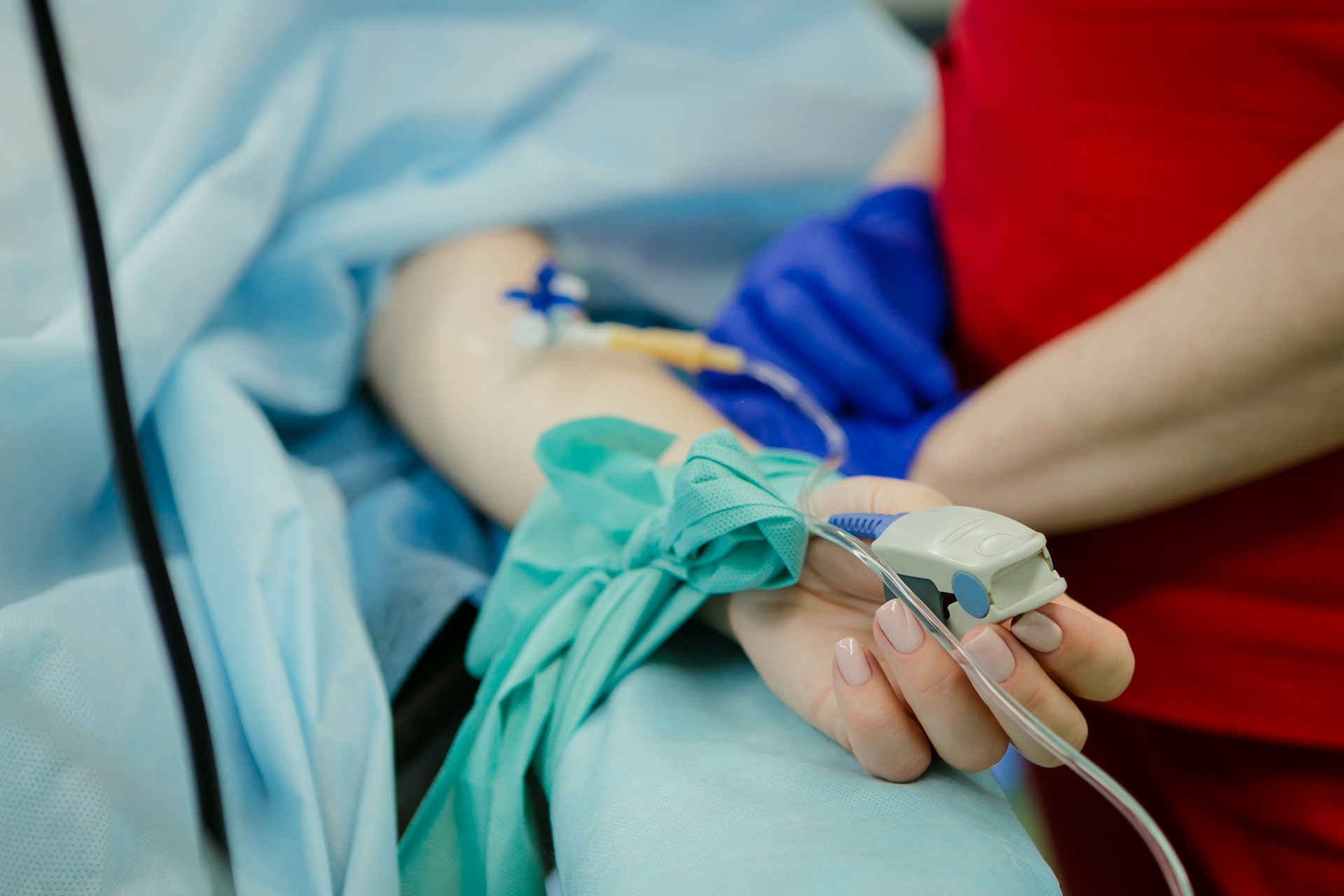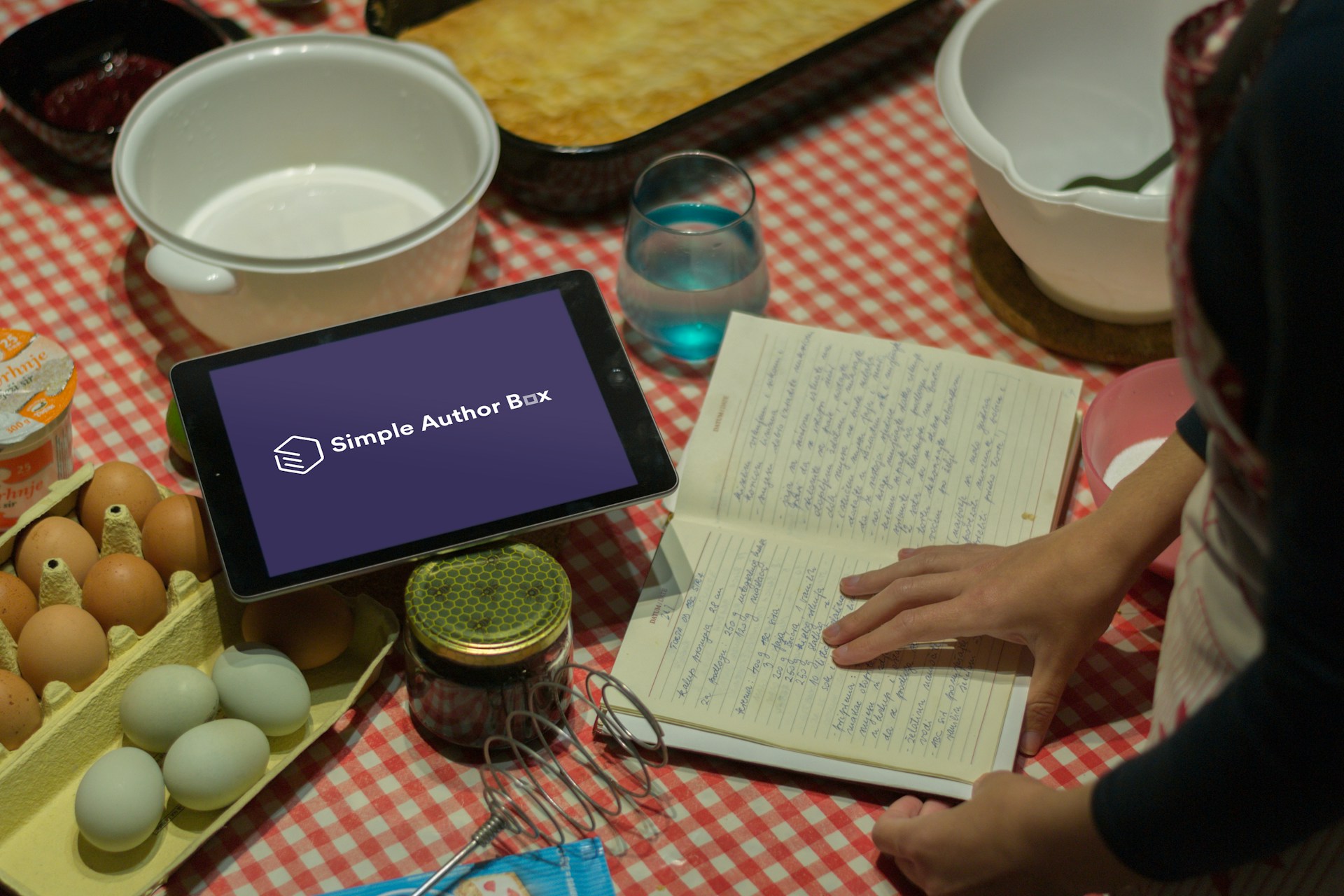Associations of Fast-Food Consumption Patterns, Sugar-Sweetened Beverages, and Fibre Intake with Blood Cholesterol in Young Adult
Hubungan Pola Konsumsi Makanan Cepat Saji, Minuman Berpemanis, dan Asupan Serat dengan Kolesterol Darah pada Dewasa Muda

Downloads
Background: Hypercholesterolemia, defined as cholesterol levels of 200 mg/dl or above, is often attributable to lifestyle shifts, including changes in dietary habits, particularly noticeable in young adults.
Objectives: This study seeks to establish the relationship between patterns of fast food and sugar-sweetened beverage (SSB) consumption, dietary fiber intake, and blood cholesterol levels in young adults.
Methods: An observational, cross-sectional study was conducted on 100 participants, selected through purposive sampling. The selection criteria included age between 18-25, non-smokers, no prior diagnosis of dyslipidemia or CHD, no family history of dyslipidemia, and not currently on a diet. The Food Frequency Questionnaire (FFQ) was used to gather data on fast food and SSB intake, dietary fiber intake was assessed through food records, and cholesterol levels were measured using the Easy Touch GCU tool. The chi-square likelihood test and Spearman rank were used to analyze the data.
Results: The study revealed that 48% of participants had cholesterol levels of ≥200 mg/dl. Descriptive analysis showed that 46% of participants frequently consumed fast food, 53% frequently consumed SSBs, and all participants had a daily fiber intake of less than 25 g. Bivariate analysis revealed significant correlations between cholesterol levels and patterns of fast-food consumption (p-value=0.000), SSB intake (p-value=0.000), and dietary fiber intake (p-value=0.019), all with a negative directional correlation.
Conclusions: Young adults with cholesterol levels of ≥200 mg/dl were predominantly those who frequently consumed fast food and SSBs, and had a low intake of dietary fiber.
Kemenkes. Profil Penyakit Tidak Menular Tahun 2016. (Kementerian Kesehatan Republik Indonesia, 2017).
World Health Organization. Raised Cholesterol. World Health Organization. Available at: https://www.who.int/data/gho/indicator-metadata-registry/imr-details/3236#:~:text=Raised cholesterol levels increase the,is attributable to high cholesterol. (2008).
Kemenkes, R. I. Laporan Nasional Riskesdas 2018. (Badan Penelitian dan Pengembangan Kesehatan, 2019).
Subandrate, Susilawati & Safyudin. Mentorship of Prevention and Treatment Effort of Hypercholesterolemia in Students. Jurnal Arsip Pengabdian Masyarakat 1, 1–7 (2020).
Elkarima, E. et al. Perilaku Mahasiswa Mengonsumsi Sugar Sweetened Beverage (SSB) Selama Pandemi COVID-19. Amerta Nutrition 7, 185–191 (2023).
Osman, A. A. & Abumanga, Z. M. The Relationship Between Physical Activity Status and Dietary Habits with the Risk of Cardiovascular Diseases. e-Journal of Cardiovascular Medicine 7, 72–78 (2019).
Amandatiana, A. Faktor-Faktor yang Berhubungan dengan Pola Makan pada Mahasiswa Program Studi S1 Kesehatan Masyarakat di STIKES Kharisma Persada. Jurnal Mahasiswa dan Penelitian Kesehatan 6, 35–41 (2019).
Nugraeni, T. A. E., Nai, H. M. E. & Maria, R. F. Hubungan Pola Konsumsi Makanan Cepat Saji dan Frekuensi Pemesanan Makanan Online dengan Obesitas Sentral pada Siswa SMA di Yogyakarta. Amerta Nutrition 7, 413–420 (2023).
Khatatbeh, M. et al. Mediterranean Fast Food: A Leading Cause of Hypercholesterolemia among University Students in Northern Jordan. Iranian Journal of Public Health 51, 779–787 (2022).
Yuningrum, H., Rahmuniati, M. E. & Lende, T. D. P. Konsumsi Gorengan dan Asupan Kolesterol berhubungan dengan Kejadian Hiperkolesterolemia pada Mahasiswa,Jurnal Kesehatan Masyarakat Khatulistiwa,Universitas Respati Yogyakarta. Kesehatan Masyarakat Khatulistiwa 9, 98–108 (2022).
Haslam, D. E. et al. Sugar-Sweetened Beverage Consumption and Plasma Lipoprotein Cholesterol, Apolipoprotein, and Lipoprotein Particle Size Concentrations in US Adults. Journal of Nutrition 152, 2534–2545 (2022).
Hannou, S. A., Haslam, D. E., McKeown, N. M. & Herman, M. A. Fructose metabolism and metabolic disease. Journal of Clinical Investigation 128, 545–555 (2018).
Okop, K. J., Ndayi, K., Tsolekile, L., Sanders, D. & Puoane, T. Low intake of commonly available fruits and vegetables in socio-economically disadvantaged communities of South Africa: Influence of affordability and sugary drinks intake. BMC Public Health 19, 1–14 (2019).
Maharani, A., Marjan, A. Q. & Puspareni, L. D. The Relation of Fiber Intake, Cholesterol, and Physical Activity with Blood Cholesterol Level of Women Adult in Bogor Aerobic Studio. Nutri-Sains: Jurnal Gizi, Pangan dan Aplikasinya 2, 1 (2018).
Maryusman, T., Imtihanah, S. & Firdausa, N. I. Kombinasi Diet Tinggi Serat Dan Senam Aerobik Terhadap Profil Lipid Darah Pada Pasien Dislipidemia. Gizi Indonesia 43, 67–76 (2020).
Zhang, Y. et al. Association between cumulative low-density lipoprotein cholesterol exposure during young adulthood and middle age and risk of cardiovascular events. JAMA Cardiology 6, 1406–1413 (2021).
Ritanti & Anggraini, N. V. Program Pengabdian Masyarakat Remaja Sehat Remaja Berprestasi Di Kelurahan Limo, Kecamatan Limo, Kota Depok Tahun 2019. Batoboh 4, 149 (2019).
National Cholesterol Education Program (NCEP). Detection, Evaluation, Adn Treatment of High Blood Cholesterol in Adults (Adult Treatment Panel III). (National Institutes of Health,2001).
Li, K. K. et al. An Examination of Sex Differences in Relation to the Eating Habits and Nutrient Intakes of University Students. Journal of Nutrition Education and Behavior 44, 246–250 (2012).
Alzahrani, S. H., Saeedi, A. A., Baamer, M. K., Shalabi, A. F. & Alzahrani, A. M. Eating habits among medical students at king abdulaziz university, Jeddah, Saudi Arabia. International Journal of General Medicine 13, 77–88 (2020).
Al-Zahrani, J. et al. The prevalence of hypercholesterolemia and associated risk factors in Al-Kharj population, Saudi Arabia: a cross-sectional survey. BMC Cardiovasc Disorders 21, 1–8 (2021).
Murbawani, E. A. Hubungan Persen Lemak Tubuh dan Aktivitas Fisik dengan Tingkat Kesegaran Jasmani Remaja Putri. Journal of Nutrition and Health 5, 69–84 (2017).
Islam, S. The Impact of Fast Food on Our Life: A Study on Food Habits of Bangladeshi People. Global Journals 20, 20–22 (2020).
Bahadoran, Z., Mirmiran, P. & Azizi, F. Fast Food Pattern and Cardiometabolic Disorders: A Review of Current Studies. Health Promotion Perspectives. 5, 231–240 (2015).
Madani, R. A., Kermani, S., Sami, M., Esfandiari, Z. & Karamian, E. A Comparison of Fatty Acid Profiles in Highly Demanded Traditional and Fast Foods in Isfahan, Iran. Journal of Nutrition and Food Security 7, 189–199 (2022).
Kuo, C. T., Chen, D. R., Chan, C. C., Yeh, Y. P. & Chen, H. H. Sex differences in the association between sugar-sweetened beverages consumption and metabolic risks among the working-age population in Taiwan. Public Health Nutrition. 26, 653–660 (2023).
Yu, Z., Ley, S. H., Sun, Q., Hu, F. B. & Malik, V. S. Cross-sectional Association Between Sugar-Sweetened Beverage Intake and Cardiometabolic Biomarkers in US Women. British Journal of Nutrition 119, 570–580 (2019).
Malik, V. & Hu, F. Fructose and Cardiometabolic Health: What the Evidence from Sugar-Sweetened Beverages Tells Us. Journal of the American College of Cardiology. 66, 1615–1624 (2015).
Bipasha, M. S., Raisa, T. S. & Goon, S. Sugar Sweetened Beverages Consumption among University Students of Bangladesh. International Journal of Public Health Science (IJPHS) 6, 157 (2017).
Shanti, K. M., Andarini, S., Mutiyani, M., Wirawan, N. N. & Rahmawati, W. Asupan Serat dan IMT Wanita Usia Subur Suku Madura di Kota Malang. Indonesian Journal of Human Nutrition 4, 1–11 (2017).
Sinulingga, B. O. Pengaruh konsumsi serat dalam menurunkan kadar kolesterol. Jurnal Penelitian Sains 22, 9–15 (2020).
Darwin. Perbandingan Laju Metabolisme Basal Menurut Status Berat Badan Atlet Karate Kota Makassar. Universitas Negeri Makassar (Universitas Negeri Makassar, 2019).
Yusira, P., Wahyuni, Y. & Hartati, L. S. Hubungan Asupan Serat, Lemak, Aktivitas Fisik dan Kadar LDL pada Pasien Penyakit Jantung Koroner di RSUP Dr. M. Yunus Bengkulu Tahun 2016. Nutrie Diaita 9, (2017).
Mí®ndrican, C. B. I. et al. Therapeutic Benefits and Dietary Restrictions of Fiber Intake: A State of the Art Review. Nutrients 14, 100–125 (2022).
Copyright (c) 2024 Amerta Nutrition

This work is licensed under a Creative Commons Attribution-ShareAlike 4.0 International License.
AMERTA NUTR by Unair is licensed under a Creative Commons Attribution-ShareAlike 4.0 International License.
1. The journal allows the author to hold the copyright of the article without restrictions.
2. The journal allows the author(s) to retain publishing rights without restrictions
3. The legal formal aspect of journal publication accessibility refers to Creative Commons Attribution Share-Alike (CC BY-SA).
4. The Creative Commons Attribution Share-Alike (CC BY-SA) license allows re-distribution and re-use of a licensed work on the conditions that the creator is appropriately credited and that any derivative work is made available under "the same, similar or a compatible license”. Other than the conditions mentioned above, the editorial board is not responsible for copyright violation.












































